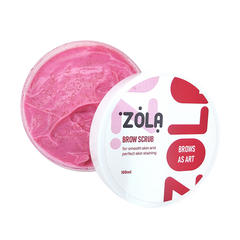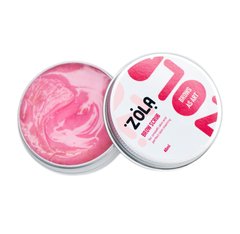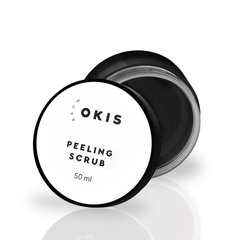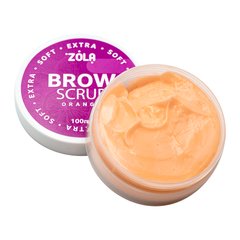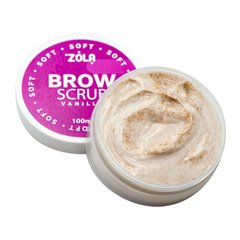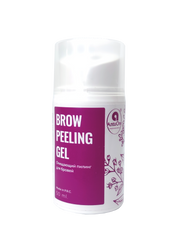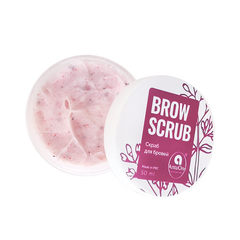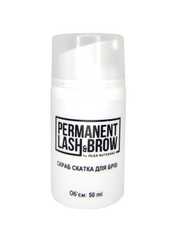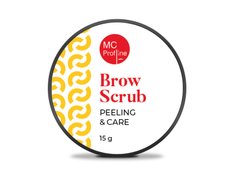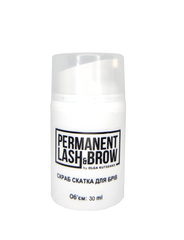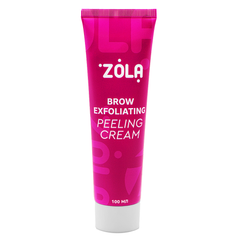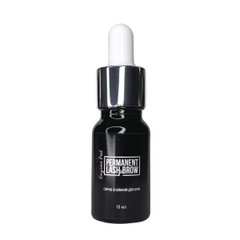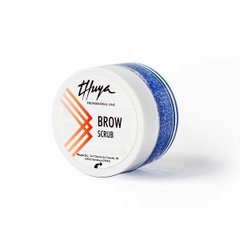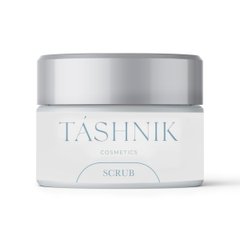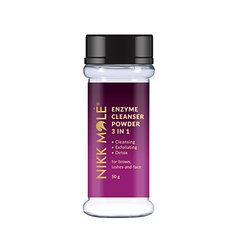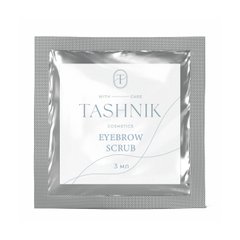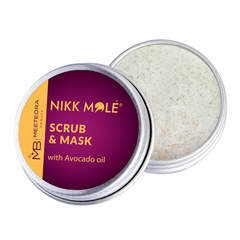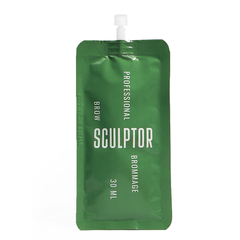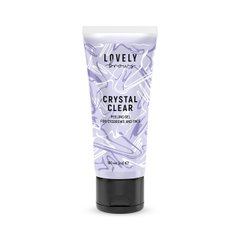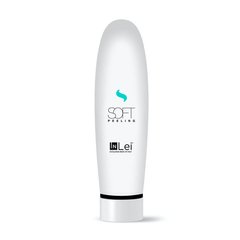|
Quantity
|
Out of stock
|
||
|
|
|||
Brow scrub
Scrubbing (peeling) the eyebrows is a required and very important step when coloring the eyebrows with henna or tint. For this procedure, special scrubs for eyebrows are used. They gently and thoroughly cleanse the skin of the keratinized layers, which ensures the duration of the staining socks.
For eyebrow peeling, you should choose scrubs of exceptionally high quality with a hypoallergenic composition, which the specialized online store of professional cosmetics "Beauty Hunter" offers to buy. The company's catalog contains safe, original eyebrow scrubs in Ukraine from leading manufacturing brands, including Zola, CC Brow, and others. All goods are certified in Ukraine, which is confirmed by the relevant certificates.
Buy eyebrow scrub: features
Eyebrow peeling, performed by professional, high-quality scrubs, ideally prepares the eyebrows for coloring. Buying an eyebrow scrub, the master should keep this point in mind: the product can be of two types.
- Eyebrow scrub with abrasive particles. This tool works due to the presence in the composition of the smallest abrasive particles, as a rule, these are particles of almonds. This eyebrow scrub mechanically cleanses the skin. These eyebrow scrubs include Zola and CCBrow scrubs.
- Eyebrow peeling. This product contains fruit acids that gently cleanse the skin without mechanical action. In the catalog of the online store Beauty Hunter, you can buy eyebrow peeling from the brand CC Brow
The brow peeling procedure should be carried out before brow tinting, it will be a pleasant and effective ritual for obtaining the perfect color. To do this, you first need to cleanse the skin using an eyebrow shampoo. Then you can proceed directly to the application of the scrubbing agent, distributing a small amount of it over the eyebrow arch. The skin around the eyebrows is massaged with gentle movements, then the product is transferred to the eyebrow itself. Without pressure, the eyebrow is massaged for several minutes, after which the product is washed off with warm water, the skin is degreased and the eyebrows are colored.
Beauty Hunter - buy eyebrow scrub in Ukraine from leading brands
Branded online store "Beauty Hunter" is a great opportunity to buy an eyebrow scrub at a price from the manufacturer. We are the official, exclusive representative of the leading brands of cosmetics for professionals, and therefore in our catalog with products you are guaranteed not to encounter markups and other hidden fees. The store presents exclusively high-quality eyebrow scrubs, each of which has a hypoallergenic composition.
The composition of the products includes components that have an anti-inflammatory effect, contribute to maximum nutrition and hydration of the skin and hairs, enhance their growth and fill with moisture. Depending on the brand, the composition may also include the following components:
- papain or AHA acids - quickly exfoliate the skin, remove dead cells, stimulating their renewal;
- BioDTox - helps to relieve inflammation and restore the skin;
- allantoin has an excellent moisturizing, softening, antimicrobial, and wound healing effect;
- Glycerin - Helps retain moisture in the skin.
A resident of any locality can order an eyebrow scrub in Ukraine. Delivery is carried out as soon as possible using popular courier services. And if you need help in choosing one or another product presented in the catalog of the Beauty Hunter specialized store, just call us or request a callback.




















































































